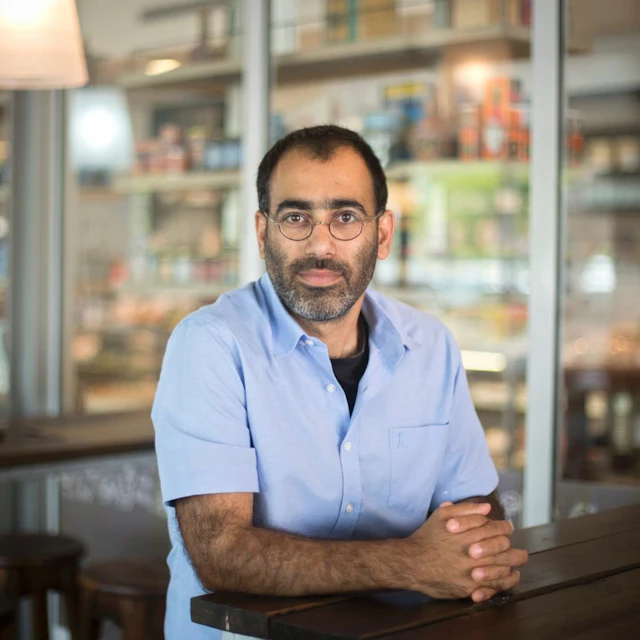Suicidal ideation and behavior following moral injury among combat veterans: Toward an empirically-based integrative model
ABSTRACT
With an average of 20 army veterans dying by suicide every day in the U.S. alone (!), veterans have been marked as a major at-risk group for suicide. Exposure to potentially morally injurious events (PMIEs)—events perceived by the individual as violating his or her moral code—may have deleterious long-term psychological effects, such as suicidal ideation and behaviors (SIB). However, the phenomenon of moral injury (MI)—defined as the process which links PMIEs and the outcomes of those experiences, such as SIB—has only recently been empirically addressed, primarily among U.S. Army veterans. Importantly, no prospective studies that could shed light on the MI process during which PMIEs develop into SIB, as well as on the risk and protective factors that might moderate such a process, have been conducted among combat veterans.
To address these gaps, we propose a one-year prospective study with three measurement points among Israeli combat veterans who would be assessed with validated self-report questionnaires at three measurement waves: T1-upon discharge from military service; T2- 6 months after discharge; and T3- 12 months after discharge. Specifically, at T1, we aim to assess participants for demographics, psychiatric history, combat exposure, exposure to PMIEs and risk (e.g., mental pain), and protective factors (e.g., self-forgiveness). At T2, we aim to assess the proposed psychological mechanisms of effects (e.g., trauma-related guilt, shame, and self-disgust). At T3, we will focus on the outcome measures of SIB, as well as its recognized psychiatric comorbidities: i.e., PTSD and depression. Importantly, pre-service information from objective tests (e.g., Military Adjustment Index), derived from the soldiers' digitized records at the Military Induction Center (MIC), dating from approximately four years prior to discharge, will also be collected.
Examining the MI process among Israeli combat veterans offers a unique and valuable opportunity, given their key features, such as their having completed mandatory military service that includes exposure to traditional combat experiences and carrying out military assignments in close proximity to civilians at varied levels of conflict. Moreover, the study's longitudinal design will allow empirical examination of theoretical and clinically relevant mechanisms of its effect on the association of PMIEs and SIB during the year following discharge. This critical period of transitioning from the role of soldier to civilian presents a unique opportunity to examine the challenging process of reintegration of veterans to their normative life surroundings. Furthermore, this study will expand our understanding of the psychological and interpersonal conditions in which SIBs that follow transgressive military acts are exacerbated by risk and protective factors, before and after stressful military service. Ultimately, the proposed study will also facilitate more effective screening of those at risk for MI experiences and will enable implementing targeted MI interventions and prevention strategies following exposure to PMIEs. Thus, we anticipate that the study's novel findings will help to reduce suicide rates among veterans and comprise a significant step toward suicide prevention among this at-risk population.
